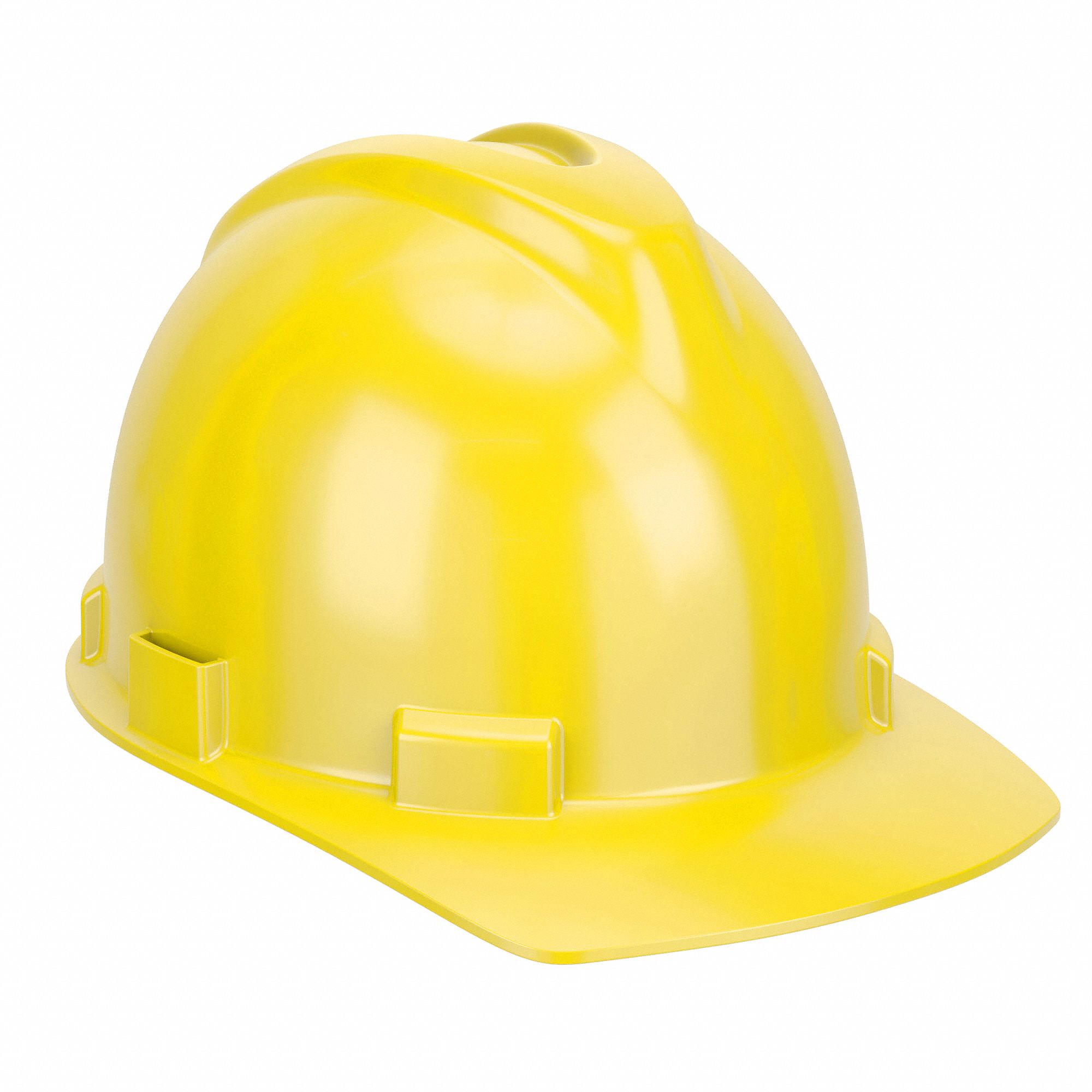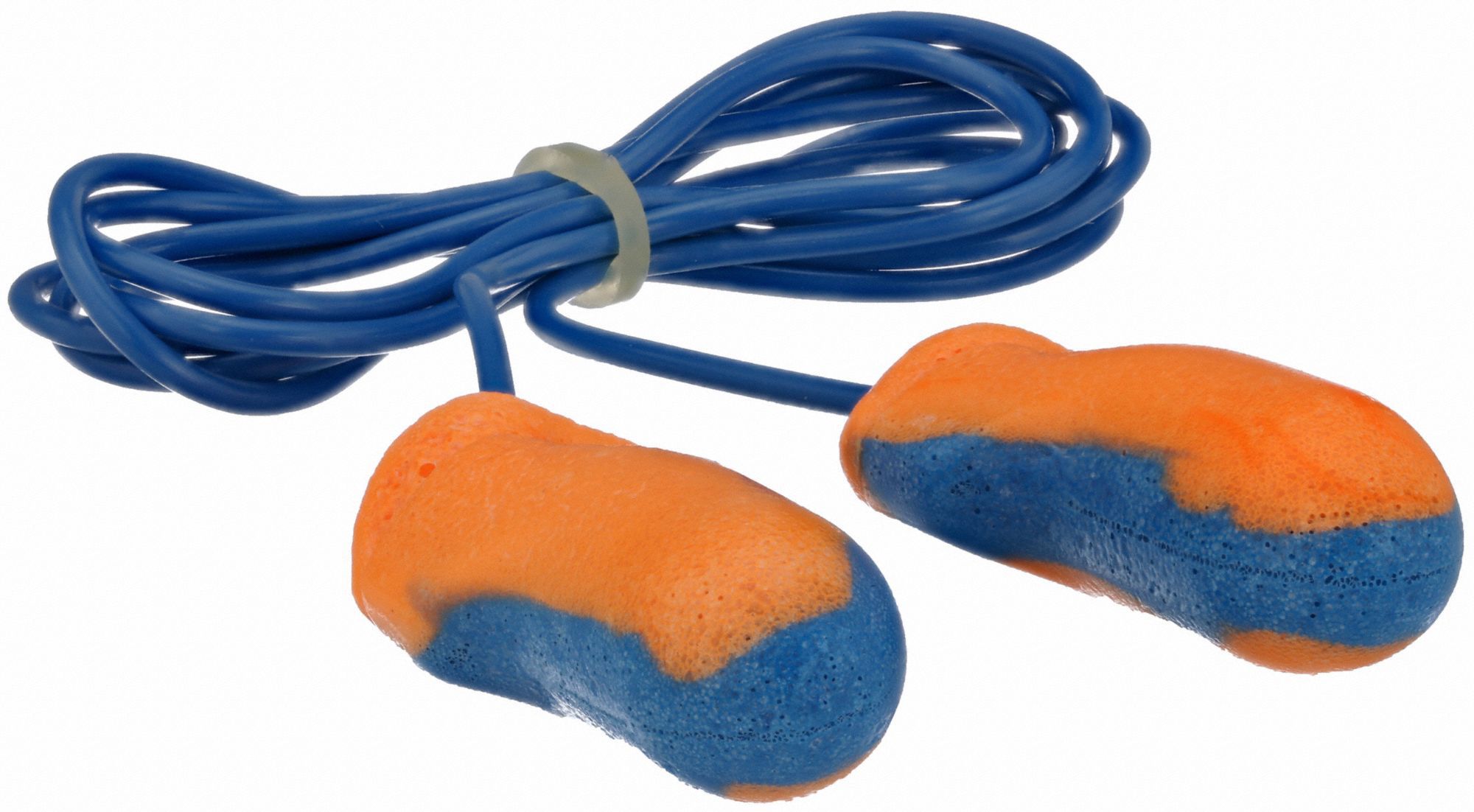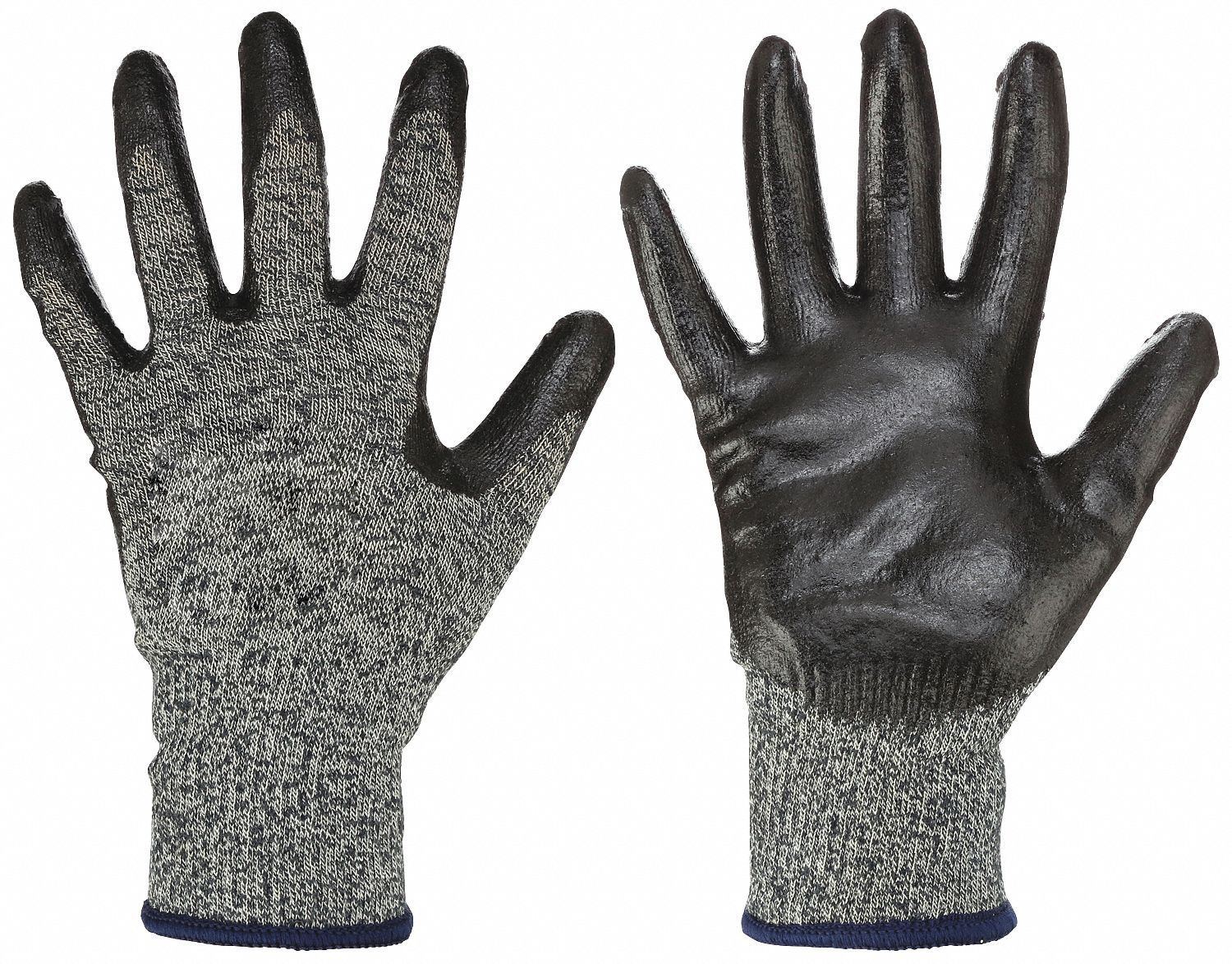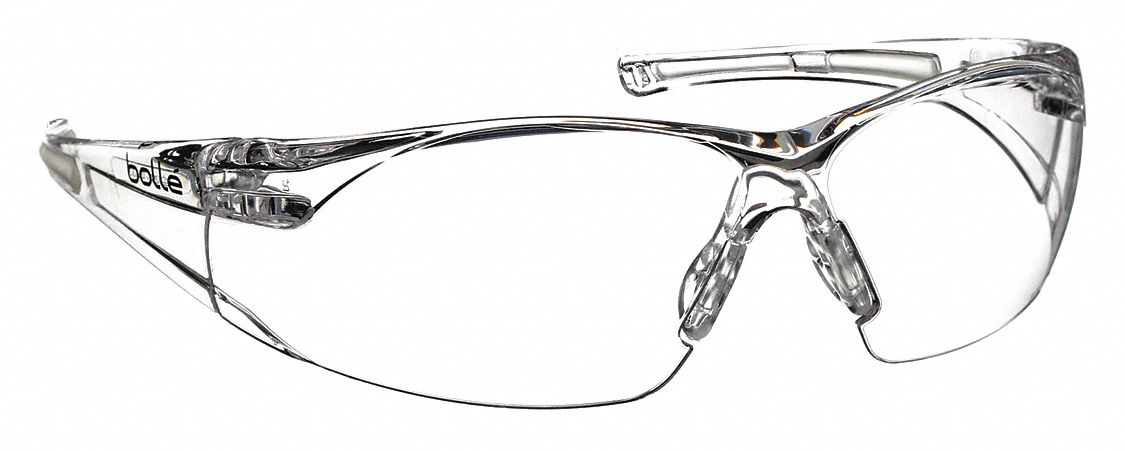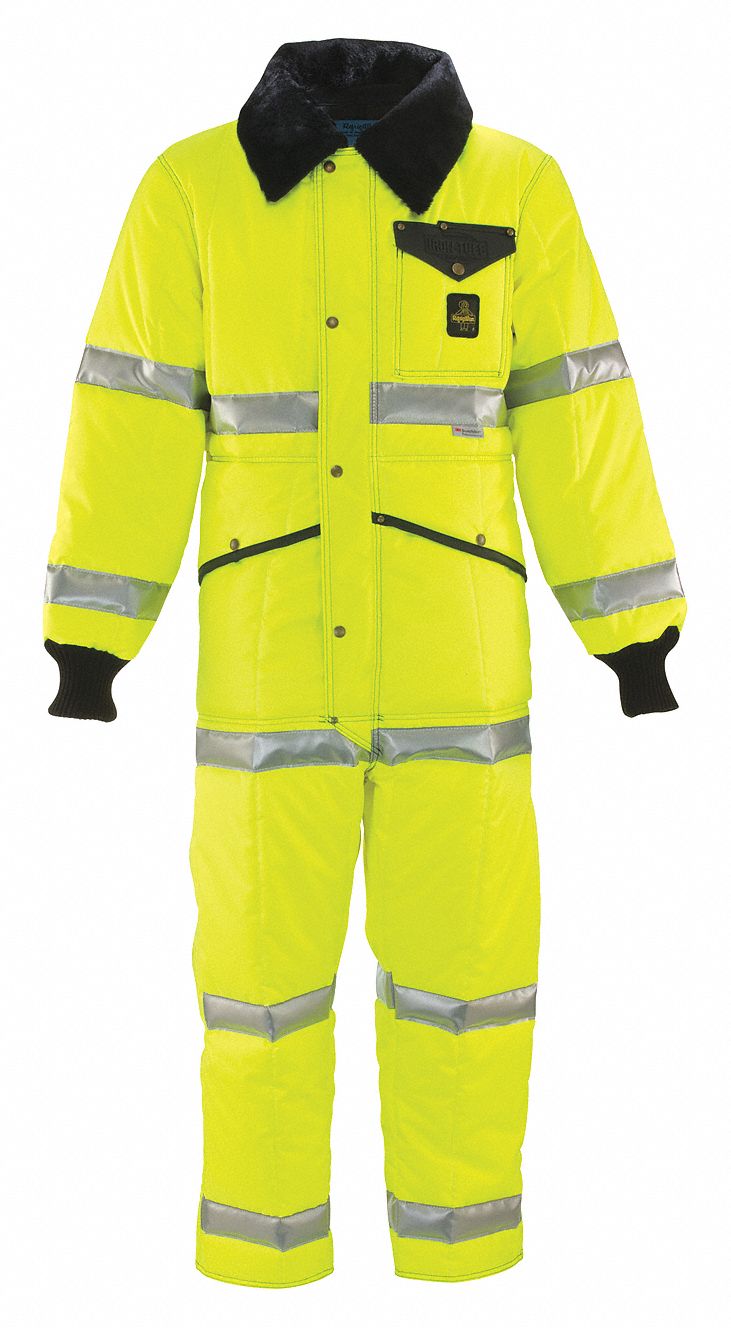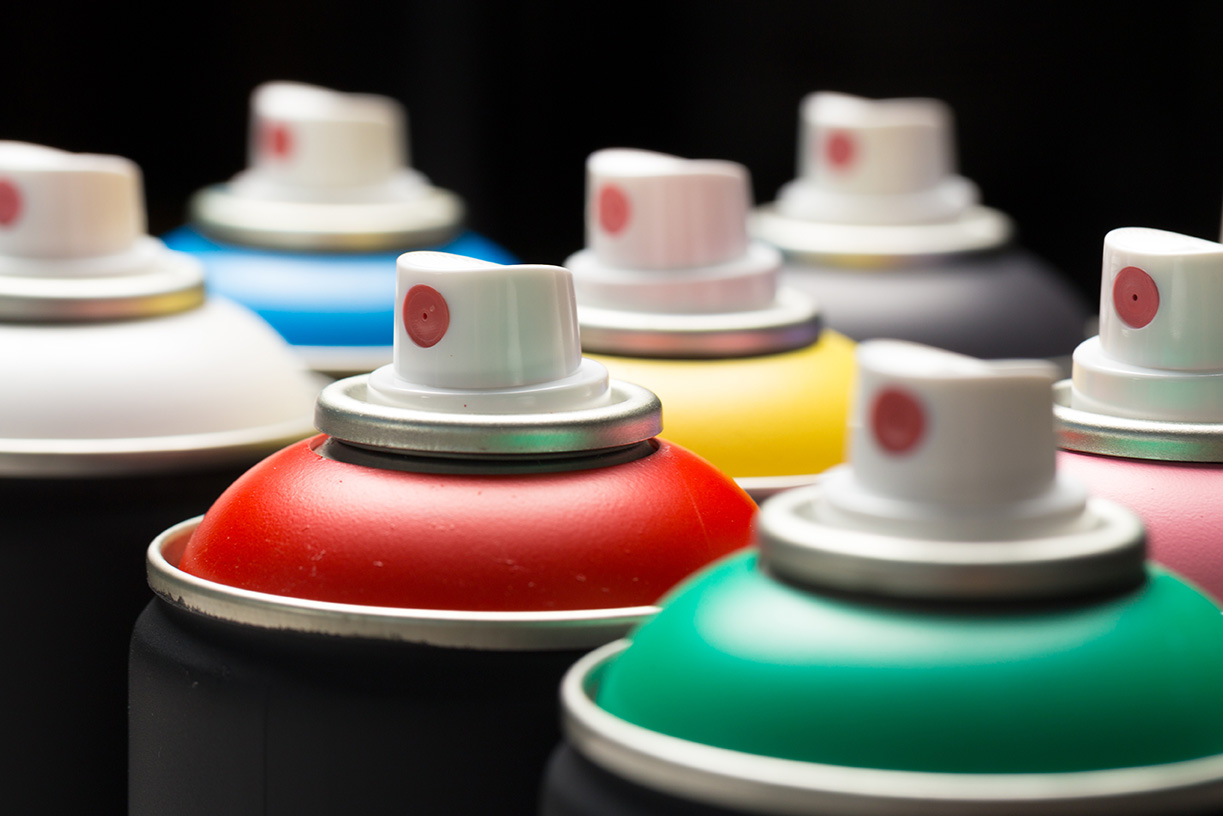

Spray Paint Guide: Types and Tips for Every Project
By Grainger Editorial Staff 4/5/24


Selecting the right spray paint involves more than just picking a color. With a variety of surfaces to cover and conditions to consider, understanding how to choose the best spray paint for your project is crucial. Use our guide to make sure you nail it every time, whether you’re touching up a fleet vehicle, sealing a motor or giving new life to an old piece of furniture.
Understanding the Basics
Spray paints are formulated differently to fit a variety of applications, surfaces and environments. The most common types include:
- General purpose spray paints are versatile and designed to provide a smooth, even coat on various surfaces.
- Premium spray paints contain more resin for greater durability and moisture-resistance, making them ideal for demanding environments.
- Rust preventive/restorative spray paints are formulated to protect metal surfaces from corrosion and some can be used to restore rusted materials.
- Specialty paints are designed for specific applications, like automotive painting or high-heat resistance, helping tackle unique project needs.
Surface Considerations
Not all paints are created equal. Make sure you match the spray paint to your project surface for better adhesion, durability and overall quality. Before starting, always check the label to confirm the paint is compatible with the material you will be spraying:
- Metal: Use rust-preventive primers and paints to help ensure better adhesion and durability.
- Plastic: Choose paints specifically formulated for plastic that can flex without cracking.
- Wood: Select primers that seal the wood and paints that resist fading and wear.
- Glass: Choose frosted or specialty glass paints with a primer for proper adhesion.
Picking the Right Spray Paint
Once you understand the basic types of spray paint and know how the surface affects your choice, here are four other considerations for selecting the right spray paint for your project:
Primer is Key
Skipping primer could lead to an uneven finish. Primers help protect surfaces from corrosion, restore rusty materials and conceal existing dark colors of previous paint layers. Use a primer to prep your surface, ensure smooth application and boost the durability of your topcoat. Remember, some primers are meant for specific surfaces.
Durability Matters
Consider the environment. Will the item you're painting have to brave the outdoors, or will it remain indoors? For outdoor projects, consider using premium spray paints that have more resin, making them tougher and more resistant to moisture and wear without cracking, peeling or fading.
Get the Finish Right
The finish of your paint can drastically affect the appearance of your project. Options include glossy, matte, textured and more. Glossy finishes are more vibrant but may show imperfections, while matte and textured finishes can hide flaws and add character. Adding a clear coat can also help seal and provide extra protection.
Monitor Weather Conditions
Consider the project environment and weather to avoid spraying in windy or dusty conditions. Solvent-based spray paints are designed for extreme conditions since they offer better resistance to temperature changes and moisture. Water-based spray paints are better suited for indoor or poorly ventilated spaces because they offer easier cleanup and lower levels of Volatile Organic Compounds (VOCs).
Spray Painting Tips and Tricks
Before you tackle your next project, follow these tips and tricks for optimal results:
Stay safe: Wearing protective gear and ensuring proper ventilation is important since spray paints contain hazardous materials. If you're working indoors, OSHA 1910.94 requires contaminated air to be vented outside. OSHA also requires ventilation to have an appropriate filter when certain hazardous and flammable sprays are used. Consider using an exhaust fan to circulate air and a respirator mask to filter out paint particles and fumes. Wear protective clothing, gloves and safety glasses to protect your skin and eyes. Additionally, make sure the area is free from open flames or ignition sources and store spray paint in a flammable safety cabinet according to your state or local guidelines.
Prep the surface: Properly clean, sand and prime the surface before painting. This step helps ensure a smooth application and finish.
Take your time: Apply spray paint in light, even coats, letting each dry thoroughly before going in for another pass. Make sure to account for dry time and the dry-to-recoat time to avoid tackiness and imperfections.
Use the right tools: Use an applicator grip for those big jobs. It'll help save your finger from cramping and help provide a smooth, even coat.
Apply finishing touches: Consider a clear coat for extra protection, especially for metal and glass surfaces or items that will be frequently handled.
Choosing the right spray paint requires considering several factors like surface material, durability, finish and environmental conditions. By carefully selecting the right type of spray paint and following best practices, you can achieve superior results that stand the test of time.
Frequently Asked Questions
General-purpose spray paints come in various colors and finishes, making them great for many different projects. Striping/marking paints, on the other hand, are often used to draw clear, sharp lines on outdoor areas like roads, grass and sidewalks. Striping and marking paints can be temporary or permanent, but due to their specific formulations, they aren't recommended for general spray paint applications.
The drying time of spray paint varies based on the brand, surface material, paint type, application method and environmental conditions. Typically, most spray paint is touch dry in 10-30 minutes and fully cured within 24-48 hours. However, it's always a good idea to check the product label for the manufacturer's recommended dry time since formulations can vary between brands and types of paint.
To help speed up dry times, use thinner coats. Depending on the environment, consider using a fan to increase air circulation or a dehumidifier. Make sure to paint in a well-ventilated area with temperatures between 50°F and 90°F (10°- 32°C) and low humidity since high humidity and low temperatures can extend drying times.
The best way to remove spray paint depends on the surface. Use a razor blade or solvent like acetone for surfaces like metal or glass. On porous surfaces like wood or concrete, sanding and using a chemical paint stripper like a graffiti remover may be necessary. For fabrics, blot out wet paint or use a solvent designed for dry paint. Make sure to test the area first to avoid damage.
Since spray paint contains VOCs, it's important to dispose of it responsibly. First, ensure the can is empty by using up as much of the paint as possible. Once the can is RCRA-empty according to 40 CFR 261.7, meaning all contents have been removed to the extent possible, you should follow your local waste management policies for recycling or disposing of aerosol cans. According to the updated December 2019 EPA rule, aerosol cans are considered universal waste, which may allow for easier recycling options through local waste management programs.
![]() More equipment knowhow for you
More equipment knowhow for you
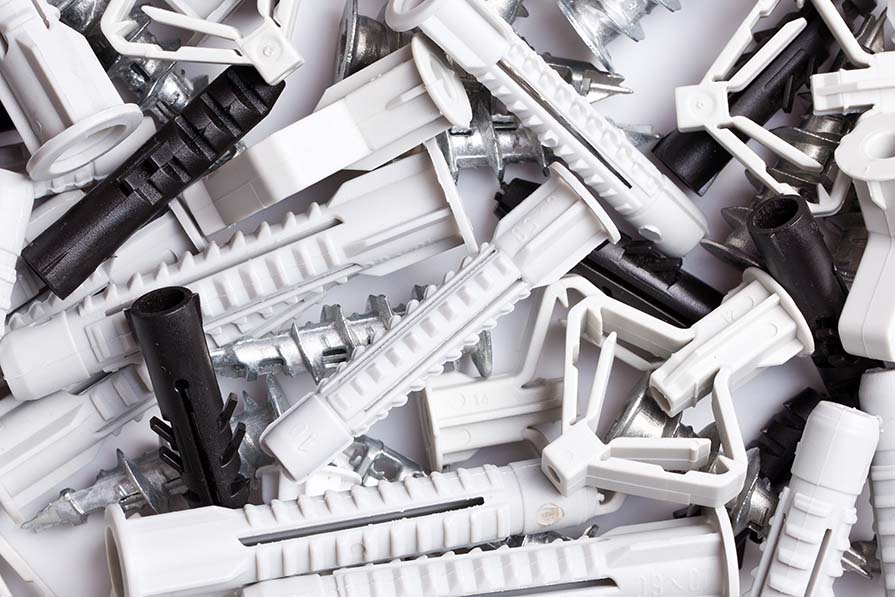
Equipment
Wall Anchor Types & Selection Guide
Different wall anchors work for different projects. Determine which wall anchor type is best for your project with this anchor fastener selection guide.
The information contained in this article is intended for general information purposes only and is based on information available as of the initial date of publication. No representation is made that the information or references are complete or remain current. This article is not a substitute for review of current applicable government regulations, industry standards, or other standards specific to your business and/or activities and should not be construed as legal advice or opinion. Readers with specific questions should refer to the applicable standards or consult with an attorney.






